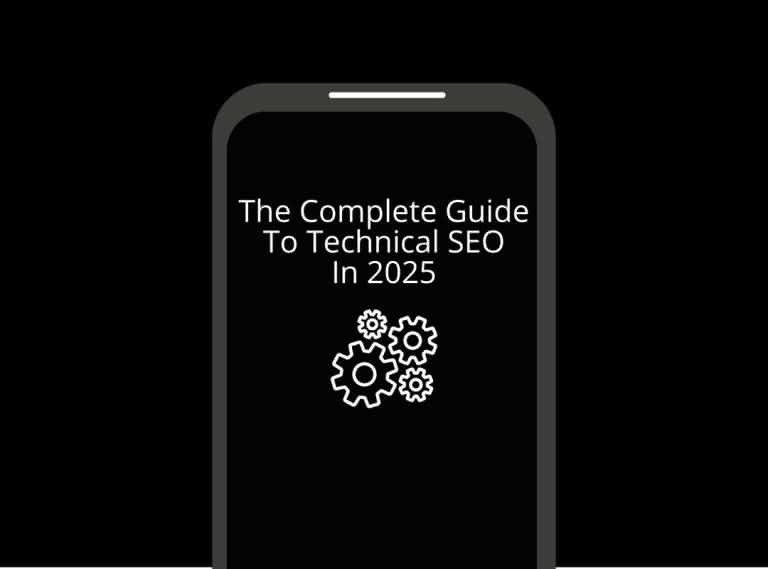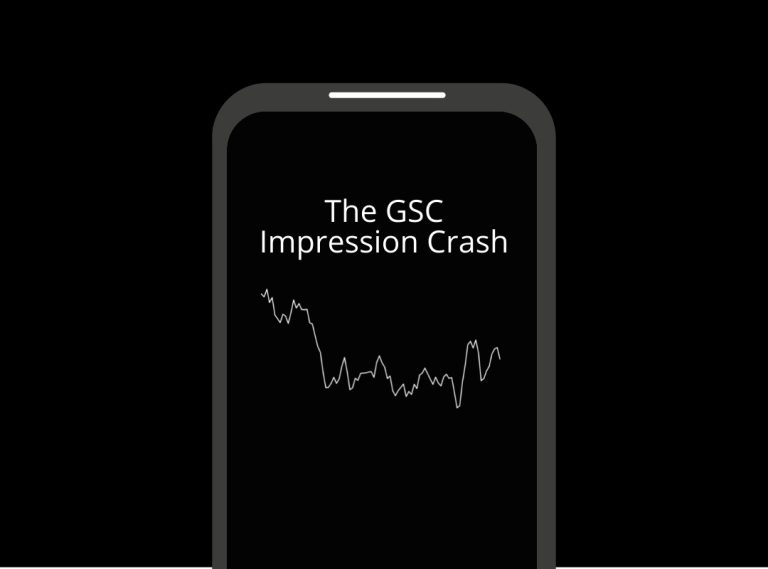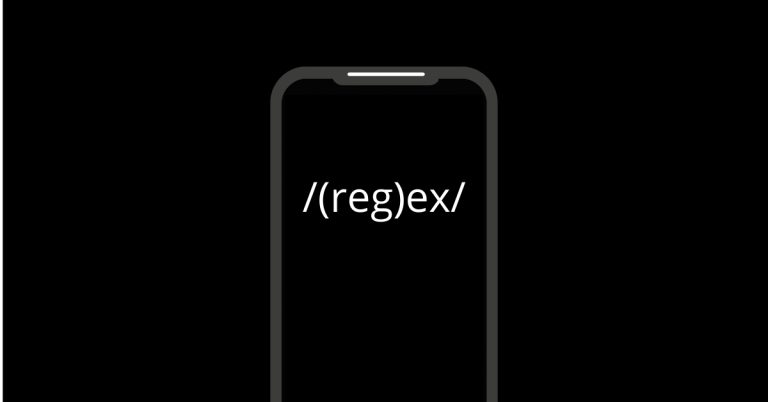As we move deeper into 2025, the local SEO landscape continues to evolve at breakneck speed. Google’s AI-powered search features are reshaping how customers discover local businesses, while mobile-first indexing has made site performance more critical than ever. If you’re still using 2023 tactics, you’re already behind.
After analysing recent trends, testing new strategies, and observing algorithm changes, I’ve compiled the most effective local SEO approaches that are driving results right now. Here’s everything you need to know to dominate local search in 2025.
The Q&A Strategy That’s Boosting Local Rankings
One of the most underutilized features in Google Business Profiles is the Questions & Answers section. Recent testing has revealed that strategically adding questions (even without immediate answers) can trigger significant ranking improvements.
Why Questions Matter for Local SEO
Google’s algorithm interprets fresh Q&A activity as engagement signals, suggesting an active, customer-focused business. When you add relevant questions to your profile, you’re essentially creating conversation starters that can lead to genuine customer interactions.
The tactical approach:
- Add 10-15 service-specific questions over a 4-day period
- Focus on queries your actual customers ask
- Don’t rush to answer them – let organic engagement develop first
- Monitor your local ranking positions during this period
Question examples for service businesses:
- “What’s included in your emergency plumbing service?”
- “Do you offer same-day appointments?”
- “What areas do you serve for drain cleaning?”
- “Are your technicians licensed and insured?”
The Engagement Cycle Effect
The key insight here is that Google appears to test businesses showing fresh activity by temporarily boosting their visibility. However, this boost typically lasts 4-7 days before reverting to baseline, suggesting you need consistent activity to maintain improved rankings.
Pro tip: Create a monthly Q&A calendar where you add 2-3 new questions each week. This maintains the engagement signal without overwhelming your profile.
How Google’s AI is Revolutionizing Local Search Recommendations
Google’s AI Mode represents the biggest shift in local search since the introduction of the Local Pack. Understanding how AI evaluates and recommends businesses is crucial for future-proofing your local SEO strategy.
The AI Recommendation Hierarchy
When Google’s AI recommends local businesses, it prioritizes specific trust and authority signals:
Primary Ranking Factors:
- Review quality and recency – Fresh, detailed reviews outweigh older ones
- Years of establishment – Businesses with 10+ years get preferential treatment
- Directory presence – BBB, Yelp, and industry-specific listings
- Unique value propositions – Distinctive messaging that goes beyond generic claims
- Local authority signals – Chamber memberships, local awards, community involvement
What Makes AI Recommendations Different
Traditional local SEO focused on ranking in the 3-pack. AI recommendations go deeper, analysing sentiment, context, and user intent to provide personalized suggestions. This means your content strategy needs to evolve beyond keyword optimisation.
The new content requirements:
- Specific credentials instead of generic claims
- Unique service offerings that differentiate you from competitors
- Local community connections and involvement
- Detailed service descriptions that AI can parse and understand
Optimising for AI Visibility
To appear in AI recommendations, focus on creating content that answers the question: “Why would someone recommend this business?”
Instead of: “Licensed plumber serving Manchester”
Write: “Family-owned plumbing specialists serving Manchester for 25 years, with certified emergency technicians available 24/7 and a lifetime warranty on major repairs”
Mobile Optimization: The 3-Second Success Rule
Mobile optimisation isn’t optional anymore—it’s the foundation of local SEO success. With 88% of local searches leading to action within 24 hours, your mobile experience directly impacts your bottom line.
The Performance Benchmarks That Matter
Critical mobile metrics:
- Load time: Under 3 seconds (you lose 25% of visitors beyond this)
- Core Web Vitals: LCP under 2.5s, FID under 100ms, CLS under 0.1
- Touch targets: Minimum 44×44 pixels for buttons and links
- Above-the-fold value: Clear value proposition visible without scrolling
The Mobile-First UX Framework
Navigation Simplicity
Limit your main navigation to 5 choices maximum. Mobile users make quick decisions, and too many options create decision paralysis.
Contact Accessibility
Implement sticky contact elements that remain visible as users scroll. Include:
- Click-to-call phone number with local area code
- “Get Directions” button linking to Google Maps
- Contact form with minimal required fields
Form Optimization Strategy
Traditional multi-field forms kill mobile conversions. Instead, use a one-question-at-a-time approach:
- Start with the most important question (service needed)
- Show progress indicators
- Use selection buttons instead of text input when possible
- Keep total fields under 5
The Video Performance Trick
Want to include video content without destroying page speed? Use image thumbnails that load the actual video when clicked. This maintains visual appeal while protecting your Core Web Vitals scores.
Directory Citations: Your Local SEO Insurance Policy
Directory citations serve dual purposes in 2025: they boost your local authority and protect against Google Business Profile issues. Businesses with proper citation profiles face significantly fewer suspension risks.
The Essential Directory Hierarchy
Tier 1 (Must-Have):
- Google Business Profile
- Better Business Bureau
- Yelp
- Apple Maps
Tier 2 (Industry Authority):
- Dun & Bradstreet
- Local Chamber of Commerce
- Industry-specific directories (HomeAdvisor for contractors, etc.)
Tier 3 (Geographic Relevance):
- Local business associations
- City/county business directories
- Regional review sites
Citation Quality Over Quantity
Focus on accuracy and completeness rather than volume. Each citation should include:
- Exact business name (as registered)
- Complete address with proper formatting
- Primary phone number (consistent across all listings)
- Category selection matching your GBP categories
- Detailed business description with local keywords
The BBB Factor
While some SEO professionals dismiss the Better Business Bureau, Google’s algorithm treats BBB listings as legitimate third-party validation. A complete BBB profile with good standing significantly boosts your trustworthiness in AI recommendations.
Advanced Google Business Profile Optimization
Services Section Mastery
The Services section is often overlooked, but it’s crucial for AI understanding of your business. For each service:
- Write detailed descriptions (100-150 words)
- Include relevant keywords naturally
- Specify service areas and pricing information
- Add high-quality photos for each service category
Review Strategy Evolution
Focus on velocity over volume. Fresh reviews carry more weight than total count. Implement a review acquisition system that generates 2-3 reviews weekly rather than batch collecting them.
Review content optimisation:
- Request specific details about services received
- Ask customers to mention the city/area served
- Encourage mentions of staff names and specific solutions provided
- Include photos when possible (reviews with photos get higher visibility)
Posts and Updates Strategy
Regular Google Posts keep your profile active and provide opportunities for keyword targeting:
- Weekly service highlights with calls-to-action
- Monthly promotions with specific offers
- Behind-the-scenes content showing your team and process
- Customer success stories with before/after photos
The Over-Optimisation Trap to Avoid
Many businesses hurt their conversions by over-optimising for search engines at the expense of user experience. Here’s how to find the balance:
Keyword Density Reality Check
If your homepage mentions your primary service more than 10 times, you’ve likely crossed into over-optimisation territory. Google’s algorithm is sophisticated enough to understand context without excessive keyword repetition.
The modern approach:
- Use your primary keyword 3-5 times naturally
- Include 2-3 related semantic keywords
- Focus on user intent rather than keyword density
- Let natural language flow guide your content
Content Structure for Humans and AI
Above-the-fold priorities:
- Clear value proposition
- Primary call-to-action
- Trust signals (years in business, certifications)
- Contact information
Below-the-fold content:
- Detailed service descriptions
- Customer testimonials
- Process explanations
- FAQ sections
Measuring Local SEO Success in 2025
Traditional ranking reports don’t tell the full story anymore. Track these metrics instead:
Primary KPIs
- Google Business Profile views and clicks
- Direction requests and calls from GBP
- Website traffic from local organic search
- Conversion rate from local traffic
Secondary Metrics
- Average review rating and velocity
- Local keyword visibility across multiple locations
- Competitor gap analysis
- AI recommendation appearances
Tools for Local SEO Monitoring
- Local Falcon for accurate rank tracking
- BirdEye or Podium for review management
- Google Business Profile Insights for engagement data
- Google Analytics 4 with local conversion tracking
Implementation Roadmap: Your 90-Day Local SEO Plan
Month 1: Foundation Building
Week 1-2: Complete GBP optimisation (services, photos, posts) Week 3-4: Implement mobile performance improvements
Month 2: Authority Development
Week 5-6: Build citation portfolio across tier 1 and 2 directories
Week 7-8: Launch systematic review acquisition campaign
Month 3: Advanced Optimisation
Week 9-10: Implement Q&A strategy and content optimisation Week 11-12: Monitor, measure, and refine based on performance data
The Future of Local SEO
As we look toward the remainder of 2025 and beyond, several trends will shape local SEO:
AI Integration Expansion: Google’s AI recommendations will become more prominent in search results, making trust signals and unique messaging even more critical.
Voice Search Evolution: Optimise for conversational queries as voice search continues growing, especially for local businesses.
Visual Search Growth: Ensure your Google Business Profile photos are optimised for visual search queries.
Hyper-Local Targeting: Neighborhood-level optimisation will become more important as Google refines location understanding.
Success in local SEO now requires a holistic approach that balances technical optimisation, user experience, and AI-friendly content. The businesses winning in 2025 aren’t necessarily doing completely different things—they’re executing the fundamentals better, more consistently, and with future trends in mind.
Start with mobile optimisation and Google Business Profile completion, then layer on advanced strategies like Q&A engagement and AI-optimised content. Remember, local SEO is a marathon, not a sprint. Consistent execution of these strategies will compound over time, building the authority and trust signals that both Google’s algorithm and your potential customers value.
The local search landscape will continue evolving, but businesses that master these fundamentals while staying adaptable to change will dominate their markets regardless of what updates Google releases next.





